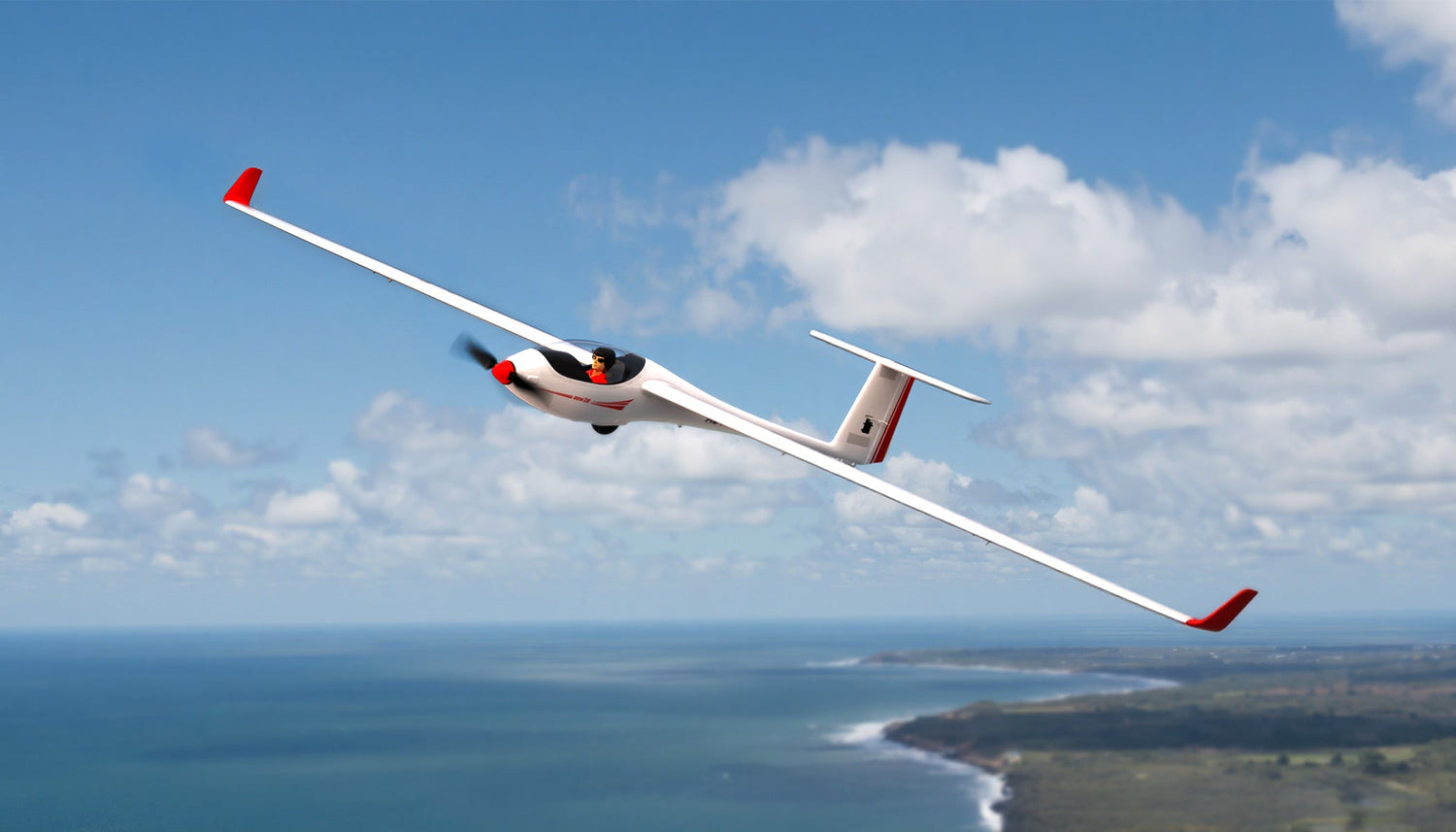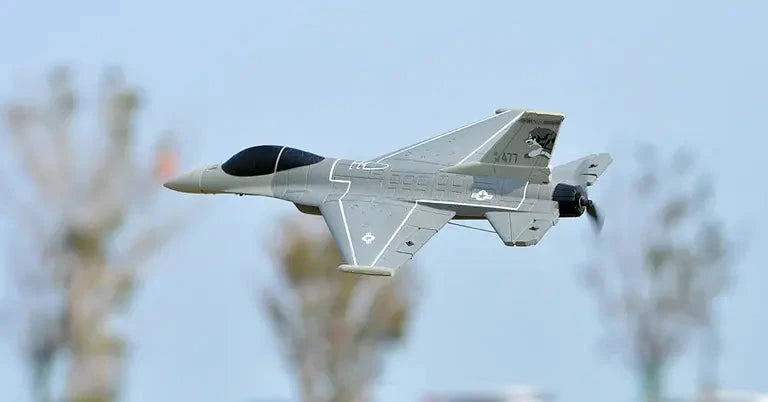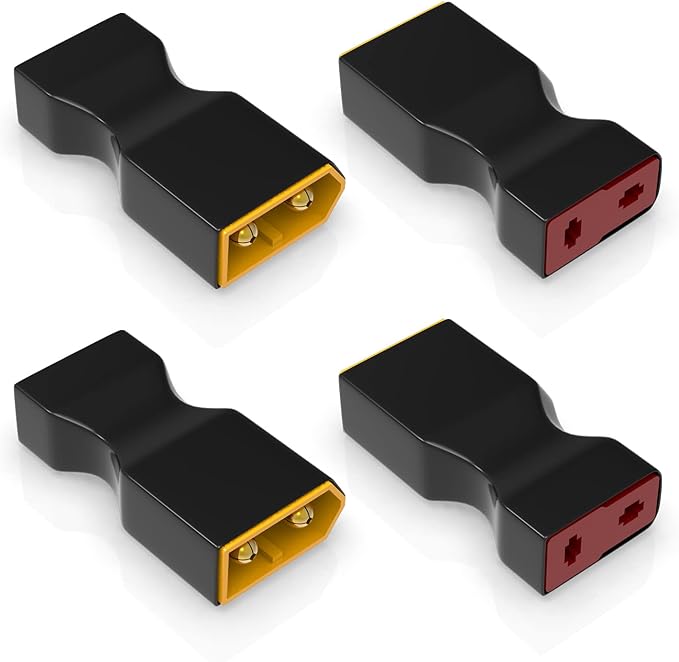Key Takeaways
- Yaw is one of the three main types of movement your RC airplane can experience, specifically the rotation around its vertical axis.
- Yaw, pitch, and roll are interconnected; you must learn to control all three simultaneously to avoid adverse yaw and maintain stable flight.
- The rudder on your RC airplane controls yaw, allowing the tail to move left or right.
- Mastering yaw and its relationship with pitch and roll is essential for any RC pilot aiming for precision and control.
What is Yaw in RC Airplanes?
In the world of RC airplanes, yaw refers to the twisting motion around the aircraft's vertical axis. Visualizing this movement can be tricky since it involves rotation in three dimensions. To get a better sense of yaw, imagine extending your arms straight out and then twisting your body left and right while keeping your arms level. This mimics the yaw motion of an RC airplane. Excessive yaw during flight would feel like constant turning, which is why the rudder and other control surfaces on your RC model are crucial for managing this movement.
Roll, Pitch, and Yaw: The Three Axes of RC Airplane Movement
Your RC airplane maneuvers using three types of movements: yaw, pitch, and roll. These movements occur around three imaginary axes that intersect at the model's center of gravity.
Yaw
Yaw involves the rotation around the vertical axis. Imagine a line running vertically through the center of your RC airplane—yaw rotation occurs along this line. The rudder, typically located on the vertical tail fin, controls yaw, allowing the tail to shift left or right.
Pitch
Pitch refers to the up-and-down movement of the aircraft’s nose, which occurs around the lateral axis (a line running from wingtip to wingtip). The elevator, located on the horizontal tail wing, controls pitch by raising or lowering the nose of the RC airplane.
Roll
Roll describes the rotation around the longitudinal axis, which runs from the nose to the tail. The ailerons, located on the trailing edges of the wings, control roll by moving in opposite directions. This action tilts the wings, allowing your RC airplane to turn smoothly.
How Yaw Affects Flying Your RC Airplane
Handling yaw, pitch, and roll simultaneously is a key challenge in flying RC airplanes, where movement is possible in all three dimensions. While cars and ground vehicles rarely experience yaw in the same sense, an RC airplane’s yaw must be continually managed to ensure smooth, controlled flight. Adverse yaw can occur during turns, causing your RC airplane to drift in the opposite direction of the intended roll. This happens when one wing generates more drag due to lift, disrupting the balance of the turn.
Controlling Yaw in RC Flight
Achieving stable flight with your RC airplane requires coordinated control of yaw, pitch, and roll. Yaw is controlled via the rudder on the vertical stabilizer. By adjusting the rudder, you can control the direction of the tail and, consequently, the yaw of your RC model.
When facing adverse yaw, applying additional rudder input in the opposite direction of the turn is necessary. For RC pilots, understanding how to balance these movements is crucial for precision flying, especially during tight maneuvers or in windy conditions.
Why Understanding Yaw is Important for RC Pilots
Mastering yaw, along with pitch and roll, is essential for any RC pilot. Controlling these movements is fundamental to achieving smooth, stable flight, and understanding how they interact is a key part of becoming a skilled RC pilot. While some advanced RC models come equipped with stabilization features that make managing yaw easier, the importance of manual control cannot be overstated. This knowledge is crucial for navigating any situation in the air, ensuring safe and enjoyable flights.
At exhobby, we understand the importance of mastering these flight principles. Whether you're a beginner looking for your first RC airplane or an experienced pilot seeking advanced models, our selection is designed to meet your needs. We offer a range of RC airplanes equipped with features that make controlling yaw, pitch, and roll intuitive and precise. Explore our collection at exhobby.com and take your RC flying experience to the next level.
Bottom Line
Understanding and controlling yaw is critical for successful RC flying. While modern RC airplanes may include stabilization technology to assist with this, a solid grasp of the fundamentals is essential for any pilot. By mastering yaw, pitch, and roll, you'll be able to navigate any situation in the air and enjoy a stable, controlled flight.
For more tips and guidance on RC flight principles, visit exhobby.com. We're dedicated to helping RC enthusiasts at all levels improve their skills and enjoy their flying experience to the fullest

































